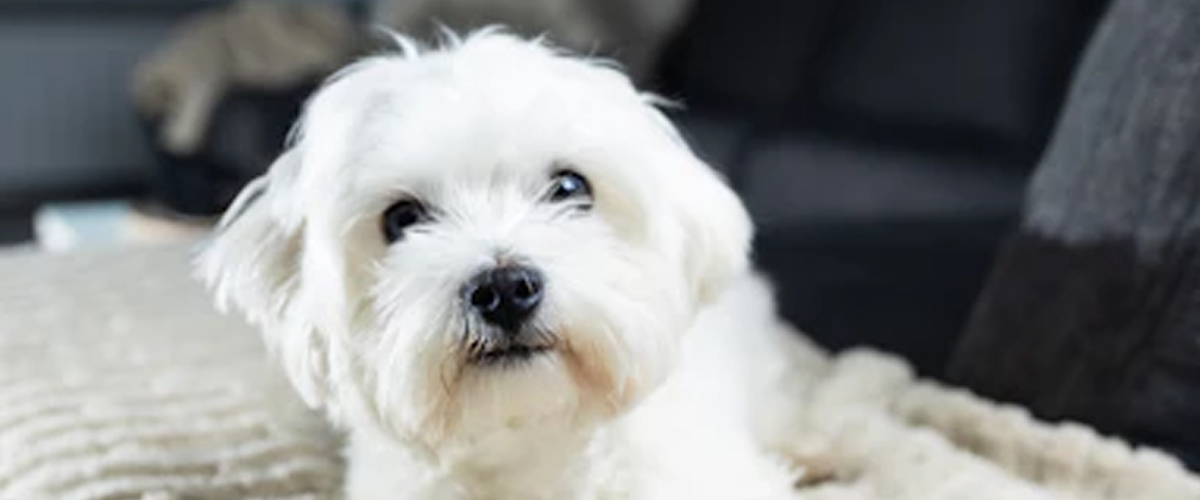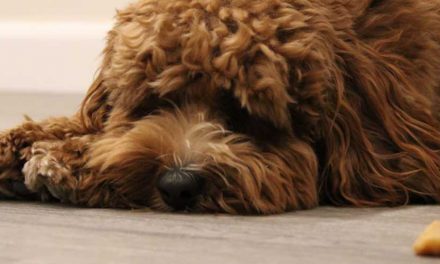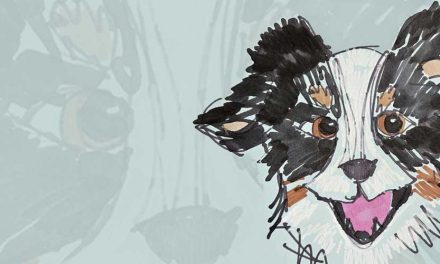Bringing a new puppy into your life is an exciting endeavor, filled with joy, companionship, and a bit of chaos.
However, before diving headfirst into puppy ownership, it’s crucial to consider how your home’s layout will impact your potential furry friend’s well-being and happiness.
The right puppy can significantly complement your living space and lifestyle, while an ill-suited choice can lead to challenges.
Here, we explore the role of your home’s layout in selecting the perfect puppy.
UNDERSTANDING THE SPACE
A critical starting point in choosing a puppy is assessing the size and layout of your home.
An open floor plan may benefit a more active breed that thrives on interaction and space to roam.
Breeds like the Labrador Retriever or Border Collie, known for their high energy levels, often need room to run and play.
In contrast, smaller dogs or less active breeds, such as the French Bulldog or Cavalier King Charles Spaniel, might be perfectly comfortable in a cozy apartment with limited space.
If you live in a multi-story home, consider whether the puppy will have easy access to essential areas such as outdoor spaces for potty breaks and play.
Mature dogs adapt well to stairs, but young puppies may struggle to navigate them safely.
If you choose a breed that requires significant outdoor time, ensuring quick and convenient access to a yard or park will be beneficial for both you and your puppy.
CONSIDERING ACTIVITY LEVELS
Your dog’s energy levels should align with your home’s environment.
If your layout includes a spacious living room that can serve as a play area and you lead an active lifestyle, you might be more inclined to welcome a high-energy breed.
Alternatively, if your home is compact and you prefer a quieter atmosphere, breeds that are more laid-back may be better suited for your environment.
Moreover, think about how your daily routine complements the puppy’s potential needs.
A busy household with children and lots of activity might benefit from a more tolerant and social breed, while a calmer environment can be ideal for shy or timid breeds that need a patient introduction to their surroundings.
OUTDOOR ACCESS
For those fortunate enough to have a backyard, the size and configuration of this outdoor space are also essential in deciding which type of puppy will thrive.
A fenced yard offers an excellent place for energetic puppies to explore and play safely.
However, if your outdoor area is limited or contains hazards, such as pools or uneven terrain, you should consider a breed that requires less outside time or one that enjoys controlled, supervised play.
If you live in a location without a private yard, think about proximity to dog parks or safe open spaces for regular exercise.
Breeds that require daily experiences and stimulation will need reliable access to these areas.
SAFETY FIRST
Regardless of the layout of your home, ensuring it is safe for a puppy is paramount.
Puppies are known for their curiosity and can easily get themselves into trouble if the home isn’t properly puppy-proofed.
Invest in safety gates to block off potentially dangerous areas.
Make sure to secure electric cords, chemicals, and small objects that could pose choking hazards.
Additionally, consider the breed’s temperament and specific needs.
Some breeds may be prone to anxiety if left alone for long periods.
Be sure your home’s layout allows for comfortable spaces where a puppy can feel secure, like a designated corner with a crate or bed, especially if you plan to crate train.
CONCLUSION
When it comes to choosing the perfect puppy, your home’s layout plays a pivotal role in ensuring both your happiness and that of your new pet.
By understanding the intricacies of your living space, you can find a puppy that matches your lifestyle.
Remember that a well-suited puppy not only enhances your current home environment but also enriches your life with loyalty and love.
Take the time to assess your space, consider the needs of various breeds, and enjoy the rewarding journey of bringing a new member into your family!










